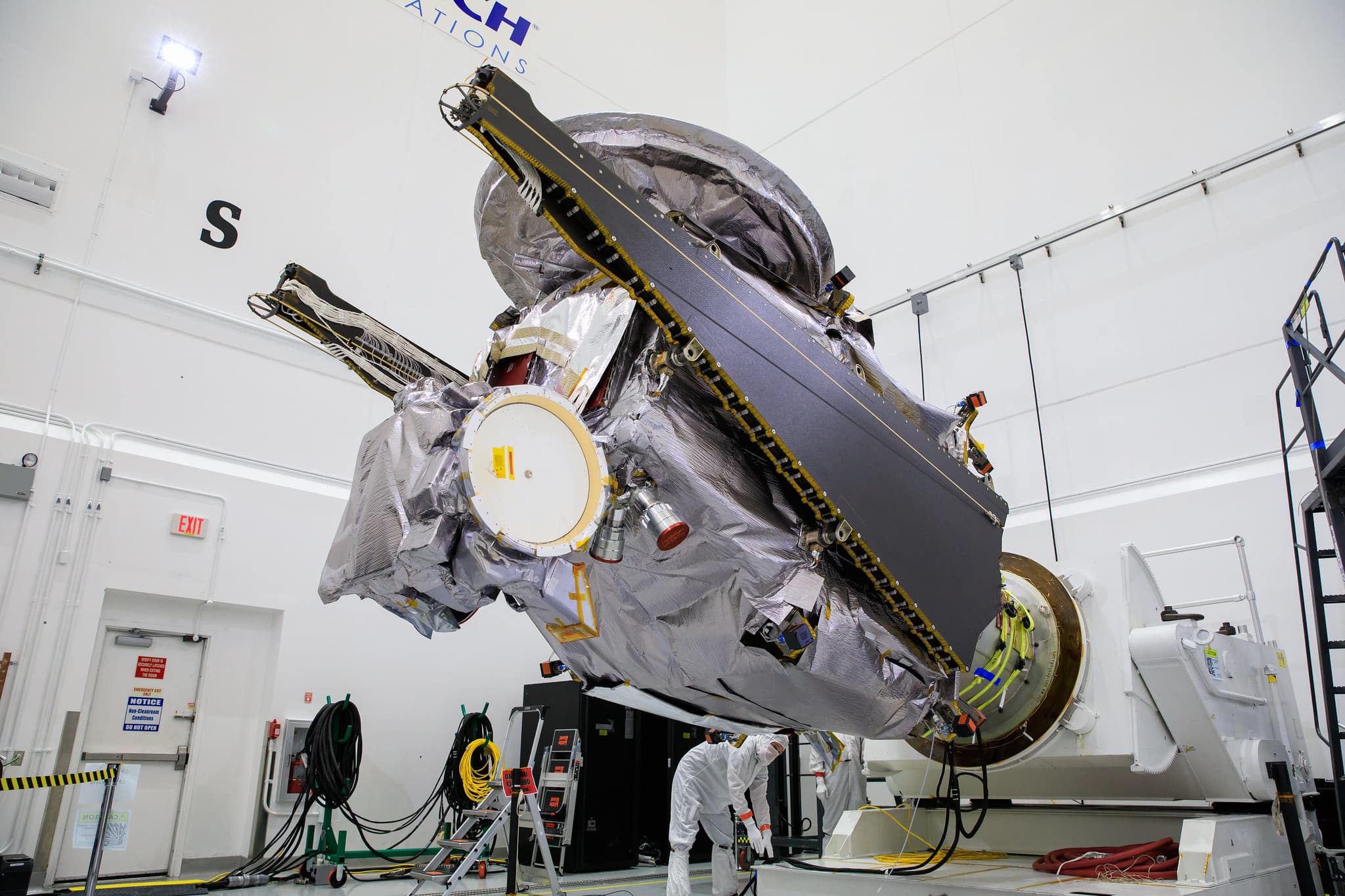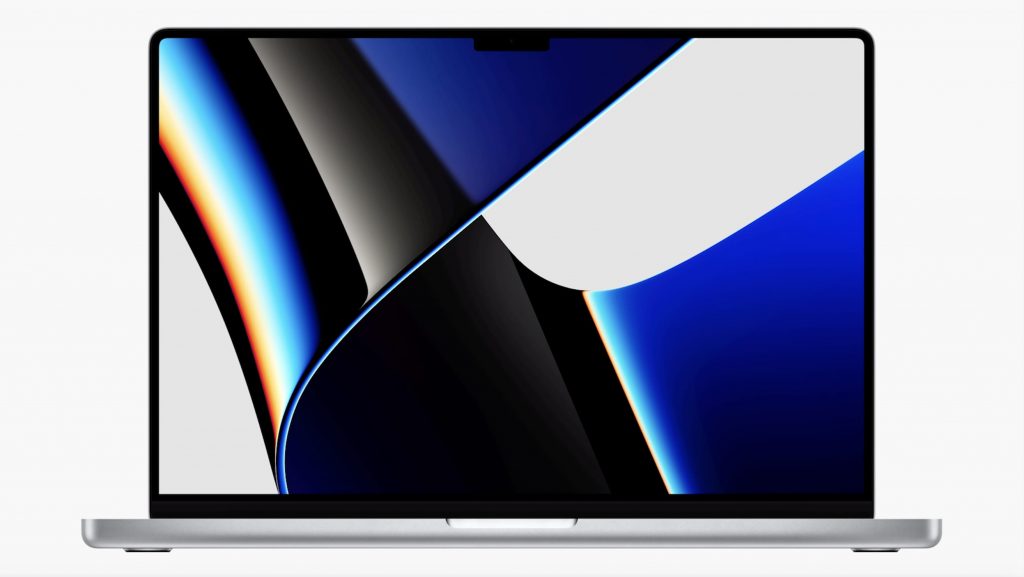
Lori Glaze, director of NASA’s planetary science division, explained how the agency’s Lucy asteroid mission will help illuminate the solar system’s formation.
“The Lucy mission is really exciting, it’s going out to visit these special asteroids that are, they orbit the sun at about the same distance as Jupiter … and they’re special remnants that are probably about 4 billion years old, made up of that material that made all of the planets in the outer part of the solar system Jupiter, Saturn, Uranus and Neptune,” said Glaze on CNBC’s “The News with Shepard Smith.” “And so, by studying these special asteroids we can learn more about what those planets are made of and that whole early story of that part of the solar system.”
The Lucy spacecraft blasted off Saturday from Kennedy Space Center in Florida, and is expected to travel 4 billion miles through space to fly by and study Jupiter’s Trojan asteroids. While the launch was successful and the spacecraft is stable, NASA said on Sunday that one of the spacecraft’s two solar arrays “may not be fully latched.”
Glaze delivered an update to host Shepard Smith regarding the Lucy spacecraft’s two massive solar panels.
“They both deployed, one of them we got confirmation that it completely deployed and locked into place,” said Glaze. “The second one deployed, but we didn’t get confirmation that it locked into place, so we’re collecting information now over the next day or so…Hopefully, we’ll be able to remedy this and fix the situation but right now we’re still in data-gathering mode.”
The Lucy mission, which has a total cost of $981 million, is expected to visit its first asteroid in 2024. Further flybys are set to take place until 2033.

